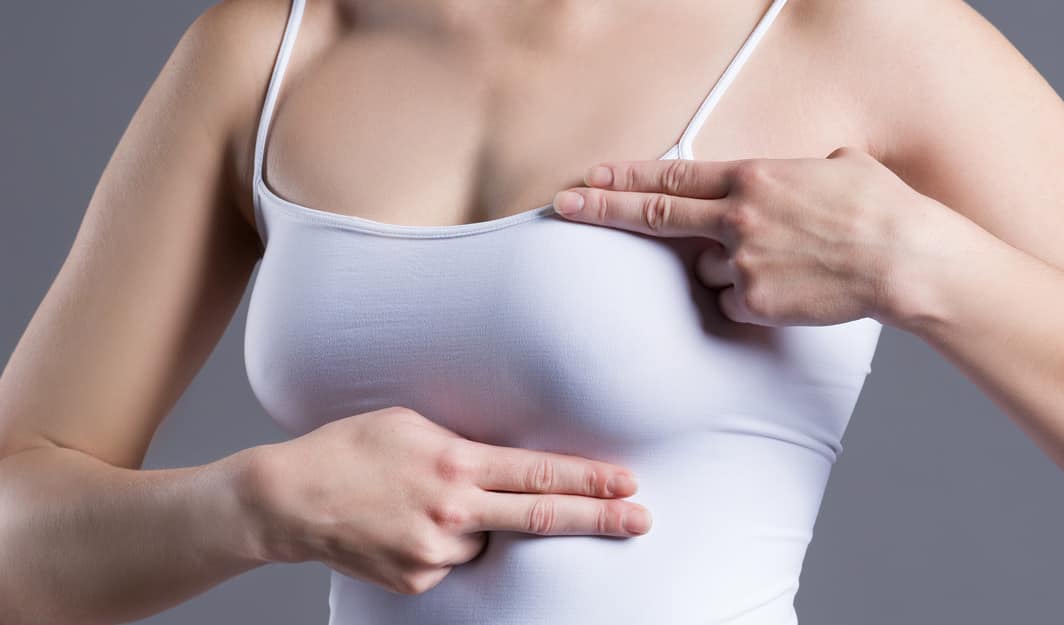

Search Blog Topic by Category
John Q. Cook, M.D. | Education
- Yale University BA cum laude with departmental honors
- Northwestern University MD
- Rush University Medical Center surgery residency
- Northwestern Memorial Hospital plastic surgery fellowship
- University of Illinois masters degree in surgical research
- Certified American Board of Plastic Surgery
John Q. Cook, M.D. | Affiliations
- Rush Medical College of Rush University Faculty
- Rush University Medical Center Attending Plastic Surgeon
- American Society of Plastic Surgeons
- American Society for Aesthetic Plastic Surgery
- International Society of Aesthetic Plastic Surgery
- Illinois Society of Plastic Surgeons
John Q. Cook, M.D. | Recognition
- U.S. News Top Doctor
- Castle Connolly Top Doctor - 20 consecutive years
- Best Doctors in America
- America's Top Surgeons
- Healthgrades Recognized Doctor
- RealSelf Top Doctor
- New York Times Super Doctors List

